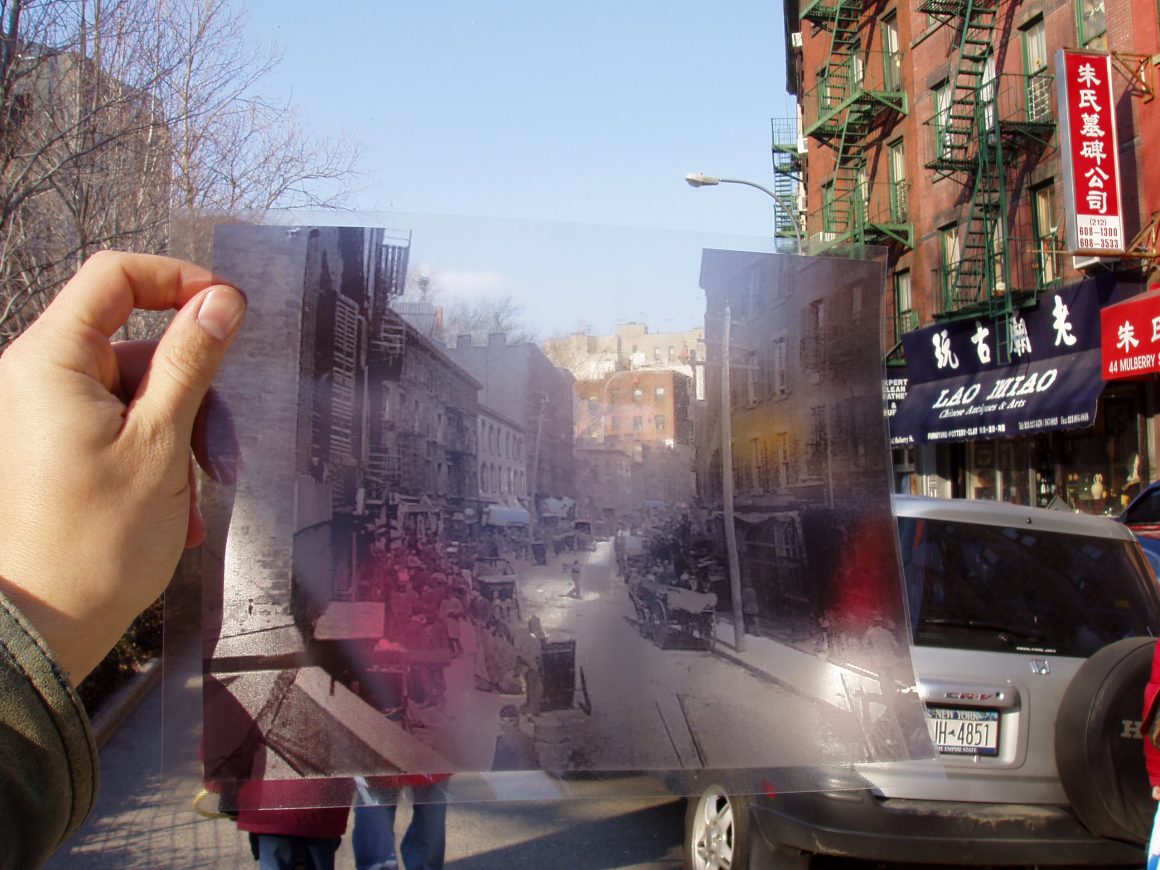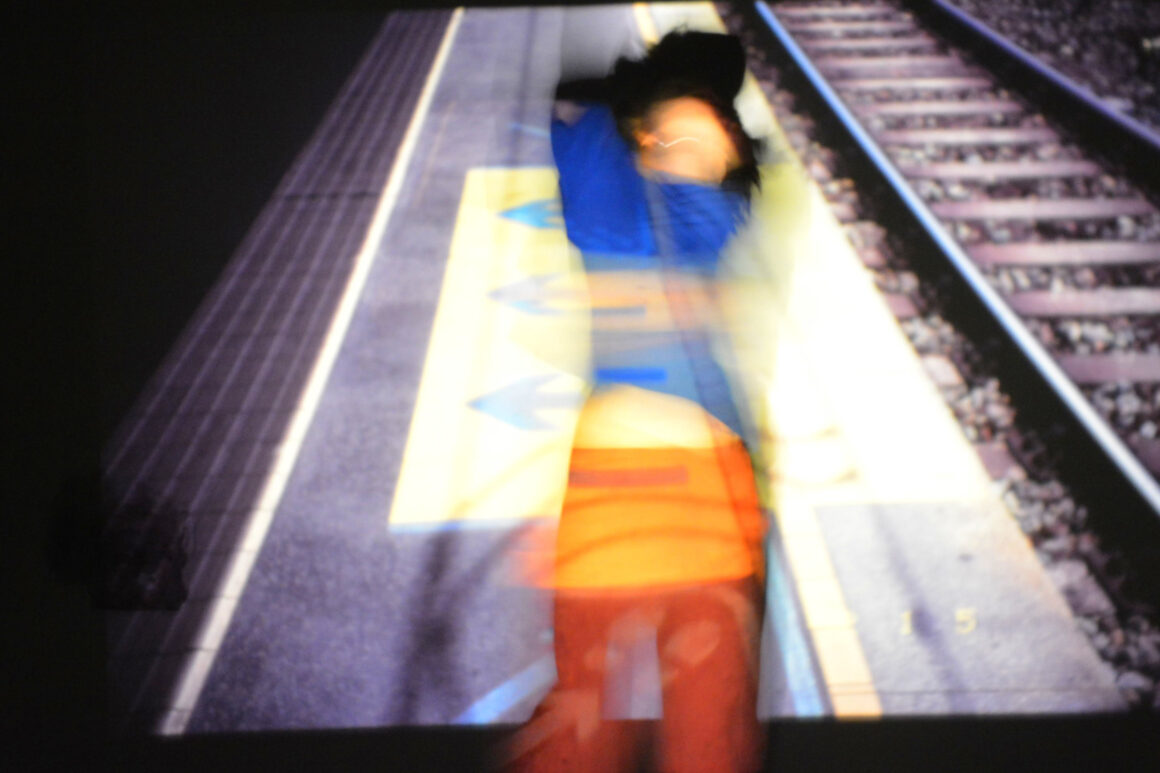Temporary School for the Development of Beautiful Gestures. Performative Art. Public Space. Presence.
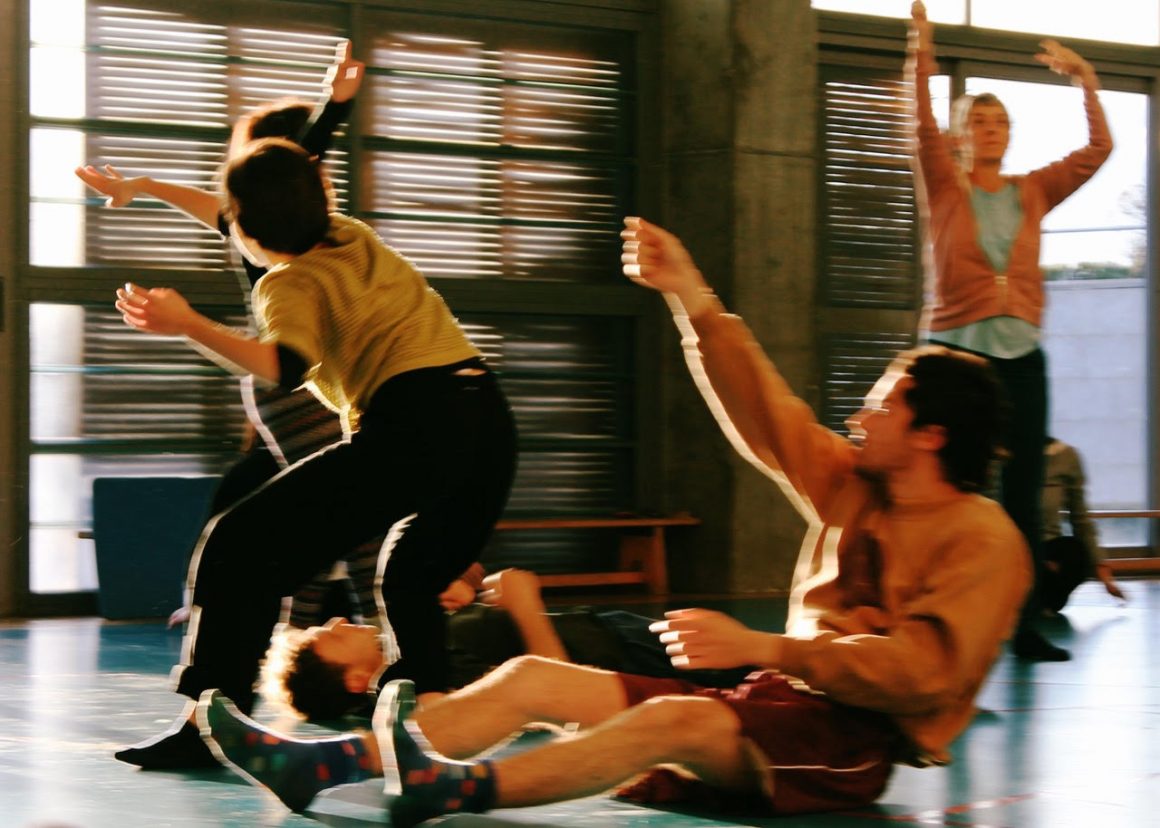
The Practice of Practise: Teaching as Artistic Research.
performative art, dance and somatics
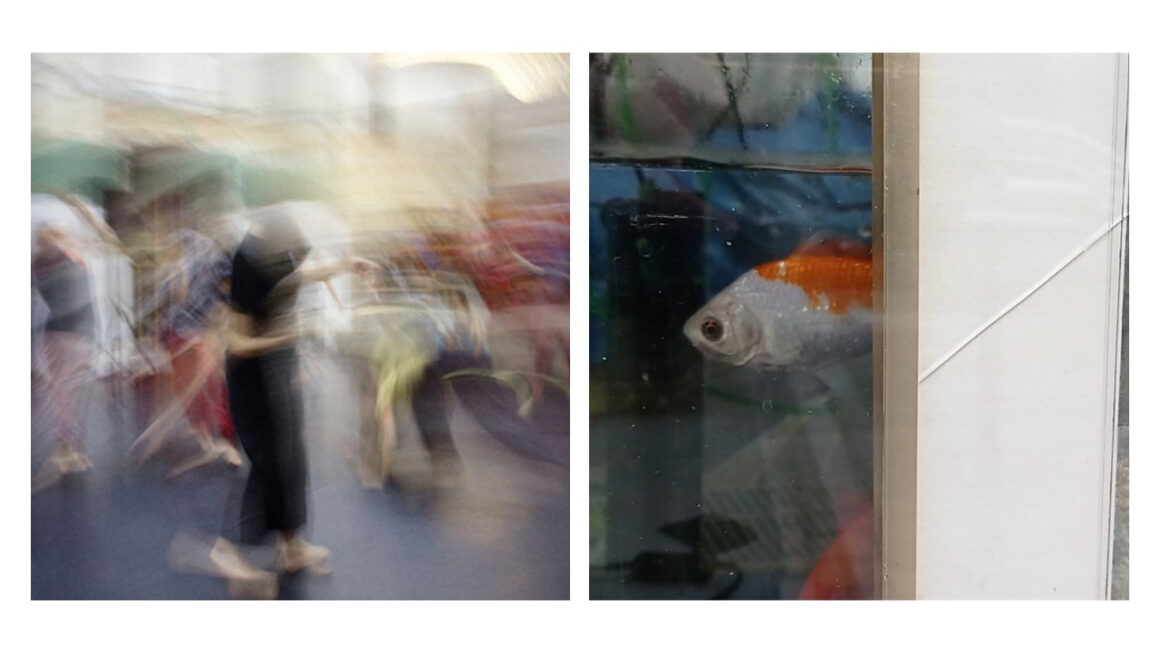
Artistic Research through movement(s)
dance, somatic attention, movement as a generator of possibilities
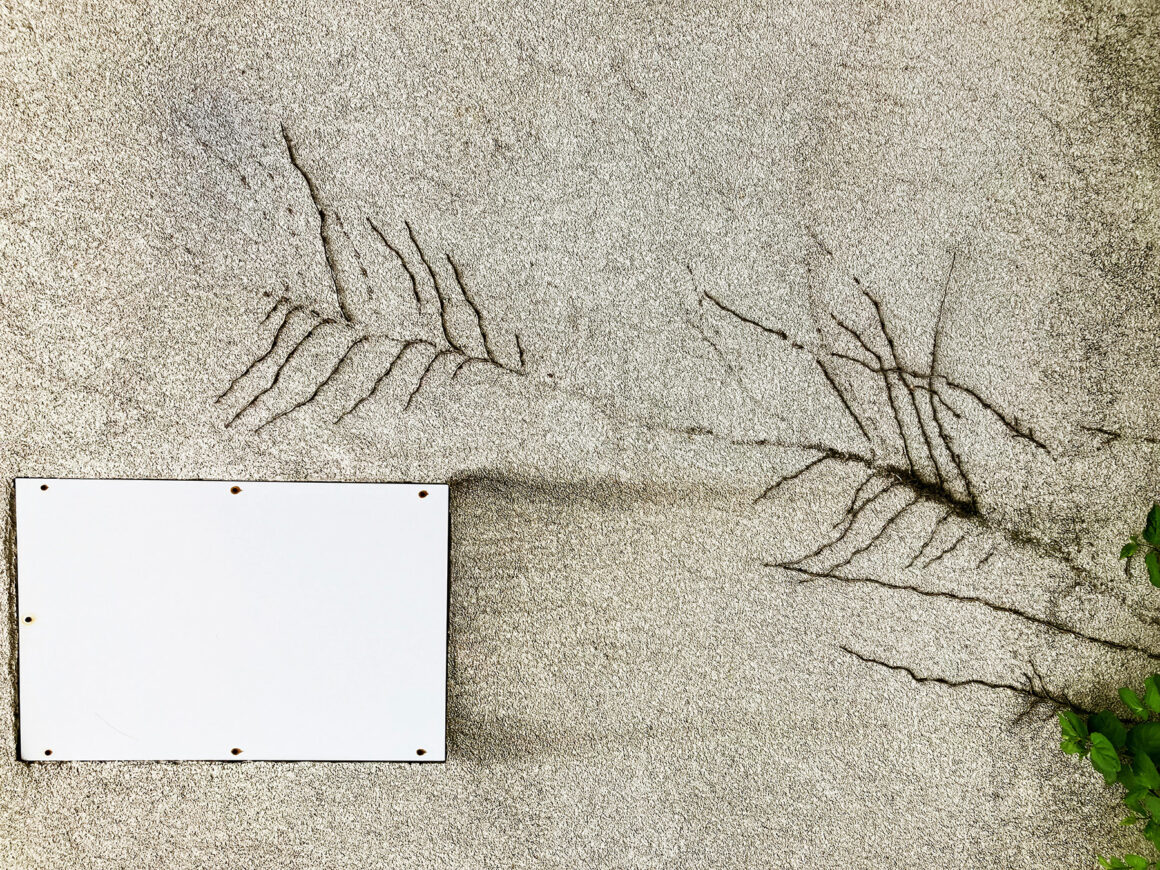
Artistic Research Through Slippery Time(s)
Performativity and the openings, gaps, and crannies to be found through performance practices
Artistic Research Through Movement(s) & Writing
dance, somatic attention, writing pratices, collective lab
With the hybrid format SCHULE@Im_flieger we focus on trans-generational knowledge transfer, artistic research, production and discourse at the interface of art, social and consciousness.
Experienced artists and experts share their proven working methods with selected artists (and interested people from other professional fields), who are chosen by means of a public call for proposals. SCHULE@Im_flieger enables the participants to develop and publicly share their own artistic practice within one year under the guidance of the mentors. The focus is on exploring new contexts, work practices and forms of artistic intervention and action. Attention is focused on an art of action and research.
The aim is to create space for longer-term exchange both with experts and within the group of participants, as well as space for sustained support and ongoing practice.
Artistic positions and practices at the “margins” of the established art fields are to be strengthened, made visible and their socio-cultural potential explored.
Conception:Im_flieger Team (Anita Kaya, Johanna Nielson, Agnes Schneidewind) & Claudia Heu
Documentation: Franzi Kreis
General Coordination: Anita Kaya
„While the civil society is searching for how to get organised in a different way at all levels, how to deal with transition, production, consumption, climate change, the failing capitalistic system, sustainability, and how to develop new models, we in the arts are far.”[1]
The social problems are mirrored in the art and culture industry, which is taken over by the consumer society and functions according to the same mechanisms.
Even if we, cultural workers (artists, curators, …), cannot solve the big social problems, into whose abyss we are currently looking, with art, we can at least expose, make conscious, change, refuse, realize others the mechanisms, hierarchies and structures in and with which we work. Museums and theatres – as traditional, ritual spaces and places of assembly in Western society – serve to practice the respective socially relevant values.[2]
What new rituals and places of assembly does our contemporary society need, and what new social order is to be practiced?
How can artistic/curatorial creation connect with society, the world, in a different way and become effective?
How can an artistic/curatorial practice be developed to build a sustainable dialogue between artists and spectators?
How can artistic practices and methods be made tangible as an essential part of our social coexistence?
How can art no longer be received as a closed system, but be recognized in its interactive research and transformation potential, and gain relevance for social issues and processes?
How to work on the community, on the social order?
Proposing new models of production, distribution and reception, are characteristics of Im_flieger and other current and historical artist organizations and groupings. Collective artistic experimentation leads to results that challenge dominating social norms, and can open up new ways of perceiving. The reformulations introduced often imply an altered positioning of art vis-à-vis politics and of the private vis-à-vis the public.[3] New narratives are set for artistic practice and thus the search for what art can still be.
SCHULE@Im_flieger confronts the need for a new concept of production. Attention is directed towards an art of acting and researching. New forms of work and production, value production and exchange are experimented with, which provide alternatives to the marketable forms. Critical consciousness and critical strategies are to be developed and a practice-oriented discourse stimulated that is able to go beyond the reductive opposition between process and product.[4]
SCHULE@Im_flieger experiments with different possibilities and strategies to involve spectators in artistic production and research and to question, shift and explore the traditional role and relationship between artists, artwork and audience; in the sense of a democratic re-configuration of the role of spectators, as empowered participants with influence and impact on the whole. Art historian Claire Bishop calls this development in art the “social turn.”[5] A playful, non-instrumental approach to the world is to be encouraged, which increases appreciation and value without consuming, taking possession of, or turning into a commodity, for the participants as well as for the audience.
With the collaboration of numerous artists and theorists, this format of Im_flieger creates new possibilities for sustained artistic support and longer-term (transdisciplinary) collaboration to be explored and experienced. Artistic practices at the margins of established art fields are to be strengthened, made visible and their socio-cultural potential explored. “Art as Social Space” or “Socially Engaged Art” is more than “mere relational reflection or aesthetics. It takes a stand or provokes others to take a stand. It not only wants change, it wants to be an active part of that change, or even initiate it.”[6] Curator and author Charles Esche envisions a new art that would say goodbye to its discrete identity and its comfort with its place in the hierarchy of luxury products: “This new art then would be an empowered platform that could actualize the collective potentiality of its users in ways that stream out into all aspects of the social world and leave the art world behind, unloved and unwanted, though probably running hard to catch up. Wouldn’t that be lovely?“[7]
With the format SCHULE@Im_flieger, we hope to make a small contribution to moving one step closer to this utopia.
(Anita Kaya, 8/13/21)
[1] Frie Leysen, Embracing the Elusive. Or, the necessity of the Superfluous, p 56-57, Reclaiming the Obvious. On the Institution of the Festival, edited by Marta Keil, Warszawa–Lublin 2017
[2] According to Dorothea von Hantelmann, Lecture Theory and Methodology of Curating on 12.10.19.
[3] cf. eds. Jacques Ranciere, “Problems and Transformations in Critical Art,” in Participation, ed. Claire Bishop, 83-93
[4] cf. Manchev, Boyan, Nothing in Common. Collaborations, Relations, Processes, and the Actuality of Artistic Labour in COMMONS/UNDERCOMMONS, TkH no. 23, JOURNAL FOR PERFORMING ARTS THEORY, Belgrade, 2014, p 53
[5] cf. Bishop, Claire, Artificial Hells: participatory art and the politics of spectatorship, London, 2012
[6] Florian Malzacher, Putting the Urinal back in the Restroom in Truth is Concrete, steirischer herbst festival gmbh, und Sternberg Press, Wien-Berlin, 2014, p 19
[7] Charles Esche, Selfempowering in Truth is Concrete, steirischer herbst festival gmbh, and Sternberg Press, Vienna-Berlin, 2014, p. 99

